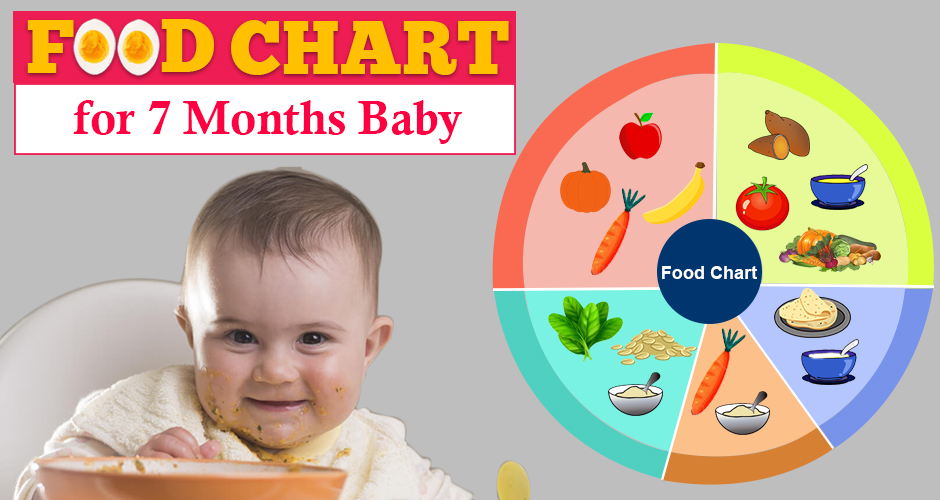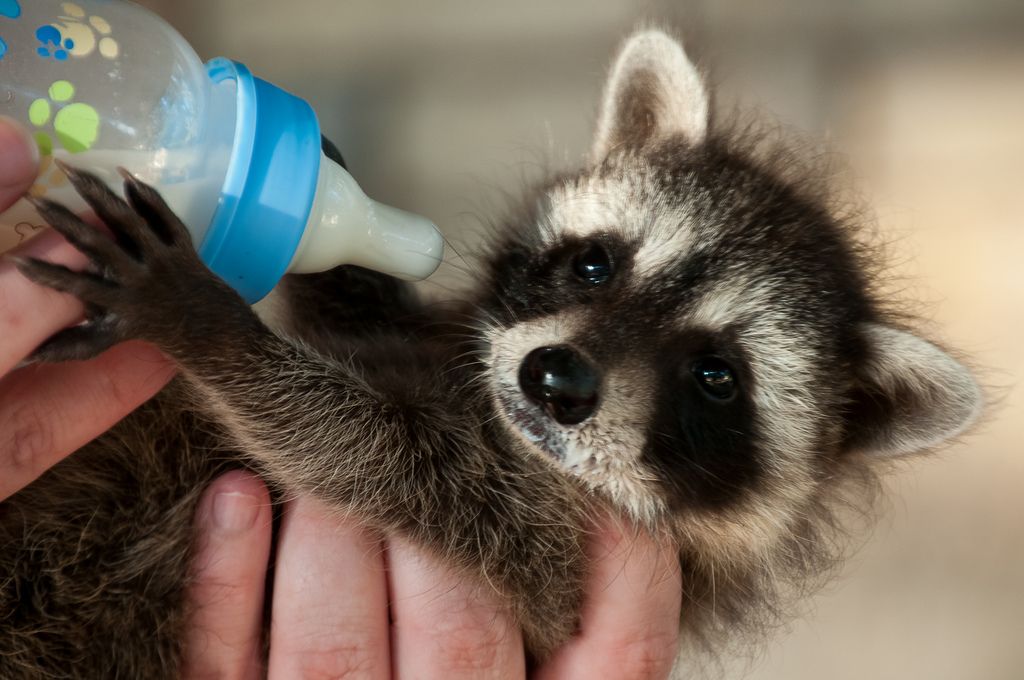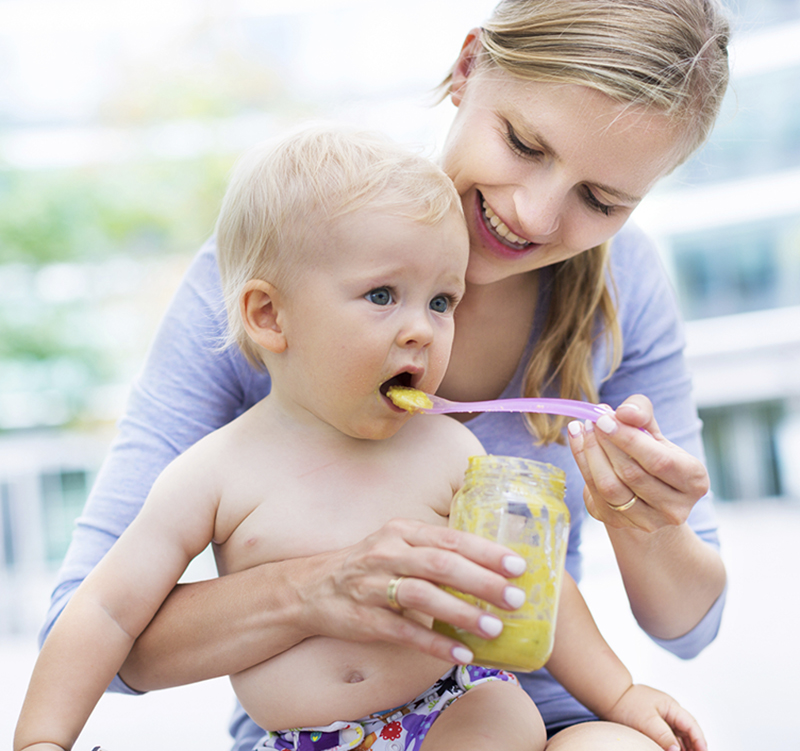Baby feeding checklist
Baby Checklist: 56 Baby Essentials
Among all the to-dos on your plate when prepping for baby’s arrival, shopping for baby essentials is likely high on your list—after all, you’re going to want all your gear the minute baby makes their big arrival. Between setting up the nursery and ensuring you have the necessary items for sleeping, eating and diapering, it’s easy to keep busy buying baby must-haves. Plus, the amount of baby supplies a newborn needs (or can have) might surprise any parent-to-be. Wondering how to figure out which are the baby items to skip and which are the essential baby items you can’t live without? Don’t stress! Keep reading for a complete list of things you need for a new baby.
In this article:
Baby wardrobe essentials
Baby nursery essentials
Baby diapering essentials
Baby bath essentials
Baby feeding essentials
Baby health essentials
Baby Wardrobe Essentials
It doesn’t get much cuter than tiny baby clothes, but you’ll want to pick out practical baby things that’ll keep your newborn comfy and cozy. When it comes to clothing, these are the baby must-haves:
- 4-8 onesies (envelope folds at the shoulders and snaps at the crotch)
- 4-8 shirts (kimono-style with snaps or envelope folds at the shoulders)
- 4-8 pants (footies can be a great option)
- 4-8 one-piece pajamas
- 1-3 rompers or other dress-up outfits
- 1-3 sweaters or jackets (front buttoned)
- 4-7 socks or booties (shoes are unnecessary until baby starts walking)
- 1-3 newborn hats (broad-brimmed for a summer baby, soft cap that covers ears for a winter baby)
- No-scratch mittens (optional)
- 2-3 swaddles
- Bunting bag or fleece suit for the winter
- Lightweight and heavy stroller blankets
- Gentle laundry detergent
Baby Nursery Essentials
A baby’s room calls for adorable decor for sure, but you’ll also need furniture and baby bedding that will make infant care all the easier (and safer). Here are the baby essentials for any nursery:
- Crib, mini crib or bassinet
- Firm, flat mattress that fits snugly in the crib (less than two fingers should fit between the mattress and crib)
- 2-4 fitted crib sheets
- Rocking chair or glider
- Baby monitor
- Diaper changing table or dresser with changing pad
- Toy storage
- White noise machine (optional)
- Diaper pail (optional)
- Cool mist humidifier (optional)
Baby Diapering Essentials
Changing a diaper may seem daunting at first, but trust us, you’ll get the hang of it—and these baby must-haves will help you pick it up even faster.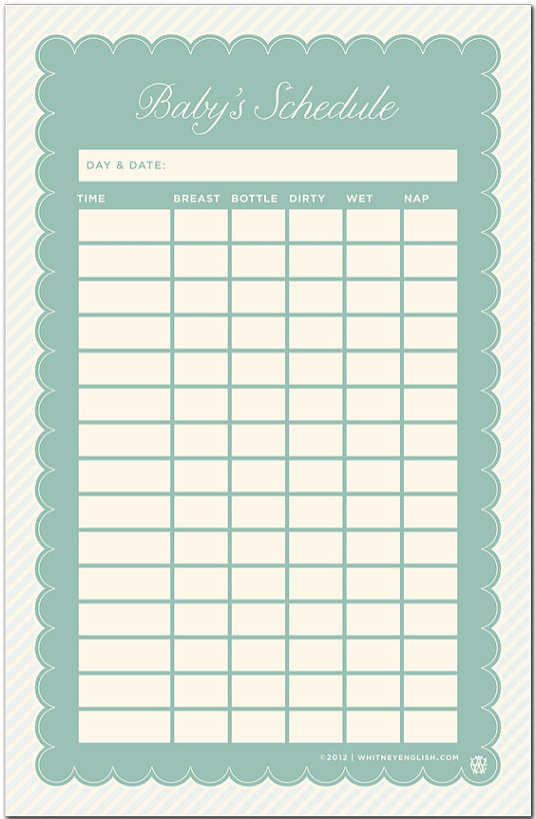 Check out this list of baby necessities for diapering:
Check out this list of baby necessities for diapering:
- 2-3 large boxes of disposable newborn-size diapers, or 6-10 dozen cloth diapers and 6-8 diaper covers
- 2-3 large boxes of unscented baby wipes
- 2 large tubes of diaper cream
- Diaper bag
Baby Bath Essentials
Bathtime can be tons of fun—at least, once you get a handle on that slippery baby. It’s best to be prepared with all the right gear. These are the baby must-haves for the bath:
Baby Feeding Essentials
Be prepared to feed your newborn around the clock—which means, whether you’re breastfeeding or bottle-feeding, you’re going to need a whole bunch of baby things for mealtime. Here are the important baby supplies to stock up:
- 8-10 bottles and nipples, both 4- and 8- ounce
- Bottle brush
- Dishwasher basket for small items
- Formula (if not nursing)
- Breast pump (if you plan to breastfeed)
- Milk storage bags (if you plan to breastfeed)
- Nursing pads (if you plan to breastfeed)
- Nipple cream (if you plan to breastfeed)
- High chair (for when baby’s a little older)
- 4-8 bibs
- 4-8 burp cloths
- Baby feeding pillow (optional)
- Bottle warmer (optional)
- Bottle sterilizer (optional)
Baby Health Essentials
Don’t forget: Babies need the occasional grooming too. And if your child happens to get sick, you’ll want to have the right baby essentials on hand. Here’s what to buy:
And if your child happens to get sick, you’ll want to have the right baby essentials on hand. Here’s what to buy:
Baby Gear Essentials
Whether you’re on the move or relaxing at home, you’ll need to have some key baby gear at the ready. After all, at some point you’re going to need your arms back! Here are the baby must-haves to have on hand:
Plus more from The Bump, our Baby Essentials Checklist:
Image: Laura Pursel
save article
Your Child’s Age
Select your child's age in months to begin tracking their development.
Next on Your Reading List
13 Baby Carriers Perfect For Every Lifestyle
If there’s any one product that helps you live life with baby easily in tow, it’s a baby carrier. Babywearing can be pretty glorious once you’ve nailed down the best baby carrier for your baby’s age and your own needs. Will you be carrying a newborn or an older baby? Are you buying one so you can get around quickly for errand runs, or do you plan to carry your kid during trips where big gear just isn’t an option? Thinking about these considerations will ultimately help drive which is the best baby carrier to buy for your family.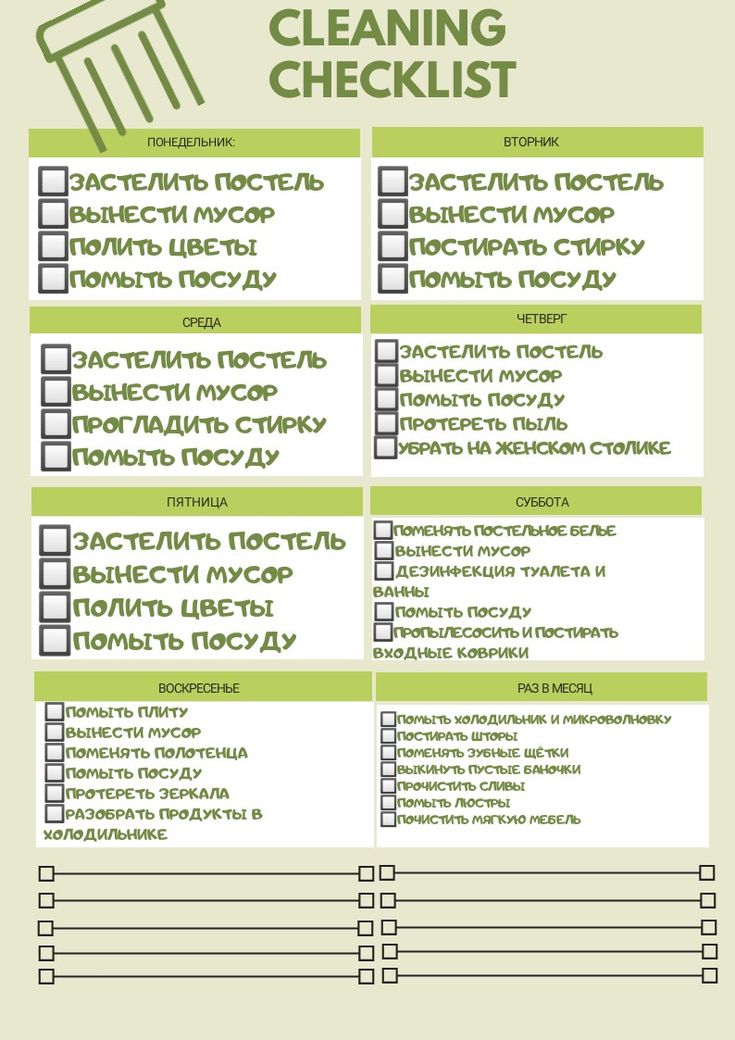
What Is A Baby Carrier
For centuries, moms have been wearing their babies. (And we’re not the only species to do so: From kangaroos and sloths to alligators and chimpanzees, baby toting is embraced across the animal kingdom.) While the modern baby carrier is typically constructed from a stretchy piece of fabric or a durable, structured material with straps, belts and buckles, it still serves the same purpose: to keep baby close to your body so your hands are free. Sure, there seems to be a neverending assortment of carriers to choose from, but the very best baby carriers offer parents and babies comfort and safety, style and plenty of snuggle time.
Types Of Baby Carriers
While a baby carrier is anything that physically holds baby close to your body, there are different ones that fit your family’s needs. Here, a quick and dirty summary to help you figure out the best baby carrier for you.
• Sling. Shaped like a fabric loop, a sling is perfect for carrying newborns who want to be held close 24/7.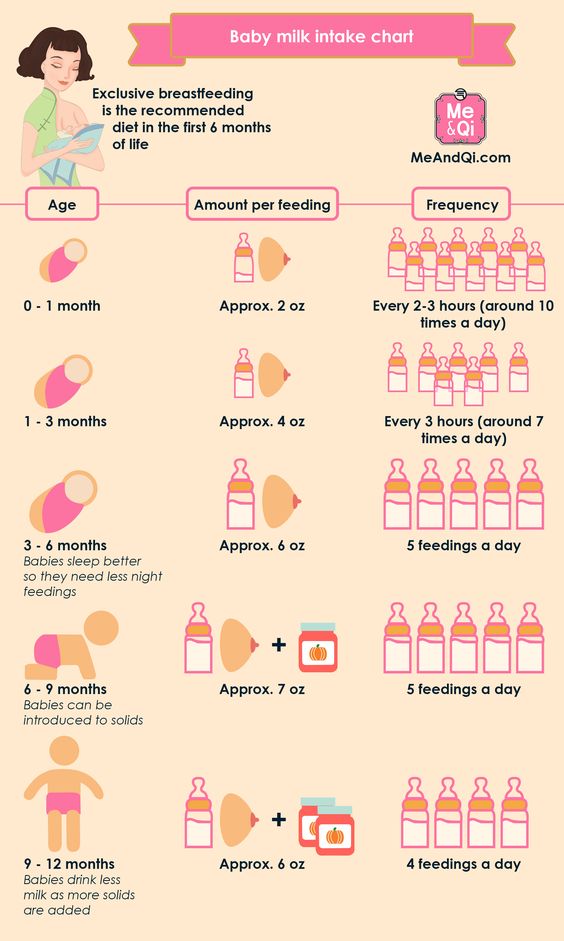 Since they’re meant to hold lightweight infants, there is no heavily padded shoulder strap. You simply wear the sling over one shoulder.
Since they’re meant to hold lightweight infants, there is no heavily padded shoulder strap. You simply wear the sling over one shoulder.
• Fabric wraps. It’s the origami of baby carriers: spectacularly versatile depending on how you fold the fabric. Some fabric wrap baby carriers are specifically meant for the 1-and-under set; others can hold a baby of any age once you get the hang of the different ways to wear them. The one caveat: it does take some practice to learn how to put one on.
• Soft, structured carriers. While this baby carrier is good for any age, it’s great for an older child since the supportive pieces—shoulder straps and waist sash—evenly distribute your child’s weight to minimize back aches and pains.
• A Mei Tai carrier. This minimalist baby carrier does away with buckles for straps that tie off for a personalized fit every time. The downside: no padded fabric.
• Frame carriers. This type of baby carrier provides back support when you’re babywearing for long periods, for instance, hiking. These are recommended for older babies who can sit up and have good head and neck control.
This type of baby carrier provides back support when you’re babywearing for long periods, for instance, hiking. These are recommended for older babies who can sit up and have good head and neck control.
One last thing: In any baby carrier, baby should sit with her legs in an “M” shape: legs wide, knees bent and slightly above her waist. That’s the proper position for baby’s hip and back health. Okay, ready to take a look at our best baby carrier picks? Here we go:
Best Newborn Carrier
Image: Courtesy of Solly Baby
The mom behind the Solly Baby Wrap designed it especially the first nine months. This best baby carrier for newborns is a long piece of fabric with a tag that helps you guide it on; there are tutorials to watch here. It stretches to fit your body (important, as your size is in flux in those early postpartum months) and you can customize the head and neck support for a young infant. Oh, did we mention they have amazing new patterns out every season?
Suited for babies: Up to 25 pounds
Buy It: Solly Baby Wrap, $69 to $74, sollybaby. com
com
Best Sling Carrier
Image: Courtesy of Lille Baby
A sling is also an ideal baby carrier for a young infant. LÍLLÉbaby’s Ring Sling is lightweight, so it’s no strain on you, and breathable, making it safe for sleepy infant snoozefests. You adjust the fit with a fabric-padded metal ring, which sits comfortably against your chest.
Suited for babies: 7 to 35 pounds
Buy It: LÍLLÉbaby’s Ring Sling, $97, amazon.com
Best Front-Facing Baby Carrier
Image: Courtesy of Baby Bjorn
There are so many to choose from, but the classic front-facing baby carrier that comes to mind when you hear the words “baby carrier” is the BabyBjorn Baby Carrier Original. It was invented to make babywearing a no-brainer for parents, with straps and buttons that easily secure baby in place. Baby can be seated inward or outward, which is especially cute for a curious kid eager to see the world.
Suited for: 8 to 25 pounds
Buy It: BabyBjorn Baby Carrier Original, $80, target. com
com
Best Soft Structured Baby Carrier
Image: Courtesy of Solly Baby
The Baby Tula cotton canvas baby carrier has a huge devoted mom following for good reason. This best baby carrier has a wide waistband so it feels secure on your body, a large fabric panel that keeps baby comfortably facing you (or riding on your back) and a ton of stylish patterns, with new ones rolling out all the time.
Suited for: 7 to 45 pounds Buy It: Tula Baby Carrier, $149 to $159, amazon.com
Best Backpack Baby Carrier
Image: Courtesy of Boba
If you plan on wearing your baby carrier on your back (nice for you and your kiddo!), you’ll want the main piece of fabric to be generous and supportive along baby’s spine. With the Boba 4G Carrier, you can start wearing baby on your back once he hits 20 pounds. Back carrier instructions on the site can walk you through how to easily load in your child.
Suited for: 7 to 45 pounds
Buy It: Boba 4G Carrier, $103, amazon. com
com
Best Hip Carrier
Image: Courtesy of Cybex
The Cybex Yema baby carrier has a unique, cocoon-like design that lets you wear baby in the front or back. But thanks to its highly customizable back straps that can be tied diagonally across your back, it’s also suited for wearing baby on your hip, a natural carry position for many moms.
Suited for: 7.5 to 26.5 pounds
Buy It: Cybex Yema, $200, cybex-online.com
Best Baby Carrier For Hiking
Image: Courtesy of Dueter
For a serious hike with a baby on your back, your best baby carrier is a frame carrier, like this one from the outdoors company Deuter. Built like a hiker’s backpack, you can unload it while keeping your kid inside; with the kickstand, this baby carrier becomes a makeshift stand-alone seat. And because you may be using it for several hours at a time, there’s storage for toys and pockets for parent necessities. Purchase a hood accessory and rain or shine, you’ll be able to trek with baby in tow.
Suited for: Up to 48.5 pounds
Buy It: Deuter Kid Comfort 2 Child Carrier, $250, rei.com
Best Baby Carrier For Dad
Image: Courtesy of Baby Bjorn
Because it’s designed to fit so many body types, BabyBjorn’s Baby Carrier One is great for fathers and mothers to share. And with fathers having a hand in engineering the design, it’s no wonder the Swedish brand is committed to using #DadStories to highlight the supportive global community of men rocking this best baby carrier for dad.
Suited for: Up to 33 pounds Buy It: BabyBjorn Baby Carrier One, $152, amazon.com
Best Baby Carrier For Breastfeeding
Image: Courtesy of Baby K'tan
You can have a private nursing experience with the Baby K’tan baby carrier. This wrap is a closed loop with arm holes, so it’s easy to get on when it’s time for breastfeeding. The stretchy fabric provides a screen and holds baby to your breast. Of course, it works just as well as a regular baby carrier for everyday babywearing too.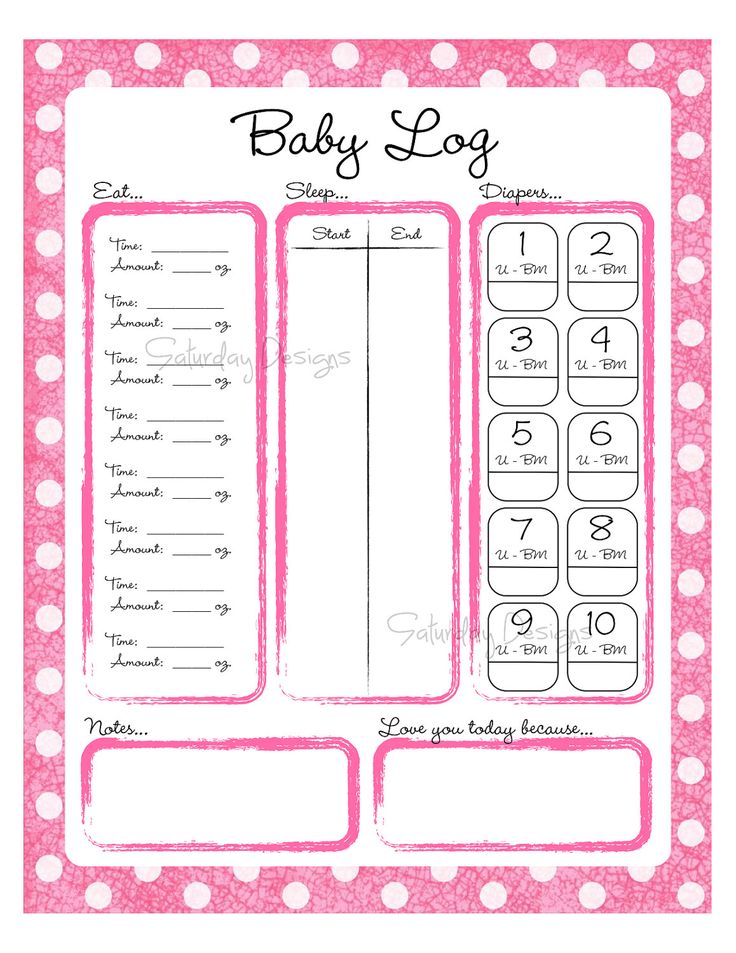
Suited for: 8 to 35 pounds Buy It: Baby K’Tan Original Cotton Wrap, $60, amazon.com
Best Baby Carrier For Hot Weather
Image: Courtesy of Lille Baby
The mesh fabric on LÍLLÉbaby’s Complete Airflow baby carrier allows for ventaliation so baby stays cool and comfy. You can wear it any which way—front, back or hip—depending on what’s best for you and your little passenger.
Suited for: 7 to 45 pounds
Buy It: LÍLLÉbaby’s Complete Airflow, $125 to $135, target.com
Best Baby Carrier For Back Pain
Image: Courtesy ErgoBaby
Parents give a lot of credit to Ergobaby for thinking about the comfort of moms and dads. The brand’s newest baby carrier, the Omni, has serious lumbar support and straps you can cross (or not) in the back, depending on what feels best for you. A baby can ride on your front or back, and no infant insert is required, even though the baby carrier can be used from infancy through toddlerhood.
Suited for: 7 to 33 pounds
Buy It: ErgoBaby Omni, $180, amazon.com
Best Mei Tai Baby Carrier
Image: Courtesy of Infantino
This old-school style of baby carrier uses a strap-tie system to secure baby, so no buckles are required, allowing for a simple and personalized fit every time. As for versatility, the Infantino Sash Mei Tai can be worn front-, back- or hip-facing.
Suited for: 8 to 35 pounds
Buy It: Infantino Sash Mei Tai Carrier, $34, amazon.com
Best Affordable Baby Carrier
Image: Courtesy of Evenflo
Evenflo has been making easy front carriers that buckle on the sides for years now. For quick errands, this breathable, lightweight and affordable baby carrier is all you need!
Suited for: 7 to 26 pounds
Buy It: Evenflo Breathable Carrier, $20, evenflo.com
Best Baby Carrier For Toddlers
Image: Courtesy of Kinderpack
A baby carrier isn’t just for a tiny infant, it’s a genius way to keep your active toddler by your side. Kindercarry makes models sized especially for ages 18 months to 4, with thicker fabric and straps all around.
Kindercarry makes models sized especially for ages 18 months to 4, with thicker fabric and straps all around.
Suited for: 25 to 45 pounds Buy It: Toddler Kinderpack, $169, mykinderpack.com
Updated April 2018
Basic rules for breastfeeding
Everyone can breastfeed! Breastfeeding in the presence of a live and healthy baby is impossible only when there is no mother or both mammary glands are removed from her. A biological mother can feed twins, and even triplets, without using supplementary food for up to 5 months. Even twins and triplets can grow up on exclusive breastfeeding for up to 4-5 months. A foster mother can breastfeed a baby, even if she has not had children of her own before.
The true lack of milk, which modern mothers are so scared of today, is found in only 3% of women. The remaining 97% can breastfeed, although they often don't realize it. Quite often, women complain that they lose milk from everyday problems, disorder, stress or nervous tension. It turns out that there is no such reason. Studies have convincingly proven that if a woman WANTS to FEED, she will do it anyway. So, as a rule, the women themselves are to blame for the "lack" of milk, who do not want to breastfeed their baby or follow illiterate recommendations. If a young mother is introduced to the basic rules and taught the techniques of breastfeeding, she successfully breastfeeds her baby for as long as she likes and safely stops lactation in physiological terms.
It turns out that there is no such reason. Studies have convincingly proven that if a woman WANTS to FEED, she will do it anyway. So, as a rule, the women themselves are to blame for the "lack" of milk, who do not want to breastfeed their baby or follow illiterate recommendations. If a young mother is introduced to the basic rules and taught the techniques of breastfeeding, she successfully breastfeeds her baby for as long as she likes and safely stops lactation in physiological terms.
Successful breastfeeding requires:
- a woman's desire to breastfeed;
- training in the technique and practice of breastfeeding;
- compliance with the basic rules of breastfeeding;
- timely resolution of breastfeeding problems with the help of lactation consultants;
- support for family members and experienced mothers who have positive experience of continuous breastfeeding for more than 1 year.
Correct breastfeeding
Correct breastfeeding:
- Feeding the baby does not cause pain, pain can only occur when the baby is grasping the breast;
- does not cause nipple injury, mastitis and other problems;
- baby sucks enough milk;
- The duration of feeding is not important.

Incorrect application:
- when feeding a baby, pain occurs;
- there are damage to the nipples, mastitis, lactostasis and other problems;
- there is a need to limit feeding time;
- the child sucks out little milk and does not eat enough.
Comfortable breastfeeding position
It is very important that the mother adopts a comfortable breastfeeding position herself and gives a comfortable position to the baby. A comfortable posture during feeding ensures a good outflow of milk from the breast and is the prevention of lactostasis.
Mandatory for demonstration and teaching of poses lying and sitting from under the arm . Feeding in the basic position sitting and sitting on the leg is more difficult to perform. Therefore, it is advisable to learn these two postures after mastering the correct application in the “from under the arm” and “lying” postures for 3-7 days.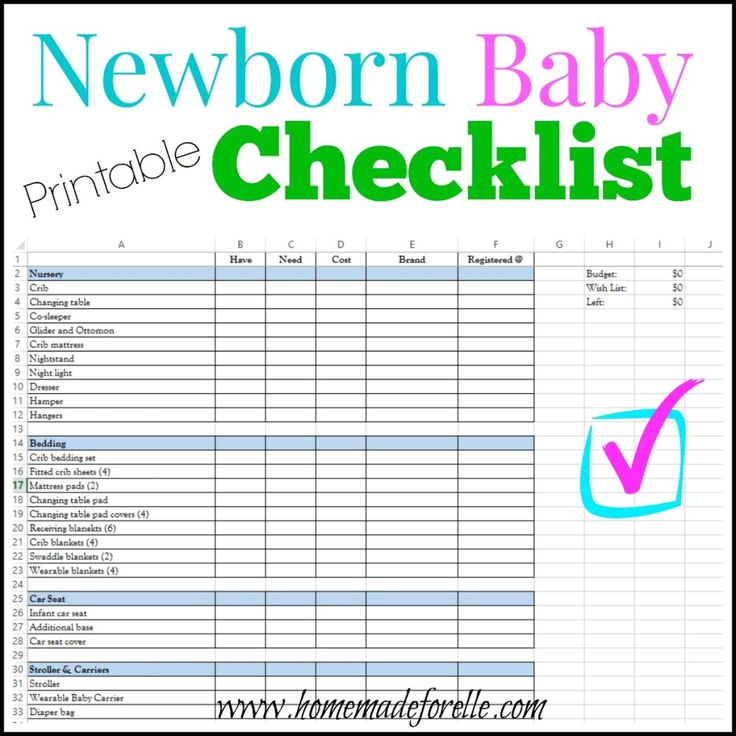
Feeding on Demand
Breastfeeding is a reciprocal process, so when we talk about feeding on demand, we mean demands not only from the baby, but also from the mother.
Duration of feeding
When the baby feels full, he/she feels comfortable, stops suckling and lets go of the breast. There is no need to stop feeding after a certain period of time and take the breast from the baby. Different babies stay at the breast for different lengths of time. Most of them are saturated in 20-40 minutes, and some babies can suckle for 1 hour or more.
The duration of feeding depends greatly on the age of the child. The smaller the child, the more often and more acutely he experiences a feeling of discomfort, and the longer and more often he is at the breast. As the baby grows older, the discomfort becomes less frequent and less acute. In addition, he becomes strong and agile enough to quickly handle a fairly large volume of milk. Therefore, from 2-3 months in children, short-term attachments to the breast appear, which are necessary to achieve psycho-emotional comfort, and prolonged sucking for saturation, which are grouped around dreams, persists.
Feeding from both breasts
Do not transfer the baby to the second breast before he suckles the first. Since the milk in the mother's breast is heterogeneous and is divided into earlier milk, which the baby receives at the beginning of a feed, and late milk, which the baby receives at the end of a feed, one should not rush to offer the child a second breast. If the mother rushes to give the baby a second breast, then he will not get enough late milk, rich in fats. As a result, he may experience digestive problems: lactase deficiency, frothy stools, etc. When feeding on demand, it should be ensured that each mammary gland is offered to the child for 1-2 hours and only then changed to another.
Night feedings
Night feedings are necessary to maintain a full long lactation. Breast sucking between 3 and 8 am stimulates the production of milk in sufficient quantities for subsequent daily feedings. At least 2-3 feedings should be organized during this period. For best development, the child must receive both daytime and nighttime milk.
For best development, the child must receive both daytime and nighttime milk.
Avoid supplementary feeding and supplementation of the baby
Breast milk is a balanced food and drink for babies. It fully satisfies all the vital needs of the child. With properly organized breastfeeding, including proper attachment, frequent and prolonged feeding of the child, joint sleep and night feeding, the baby does not need additional nutrition up to 6 months of life.
A properly exclusively breastfed baby does not need to be supplemented until 6 months of age. And from 6 months, he should begin to introduce complementary foods.
When the baby is supplemented, the mother's milk supply decreases, and breastfeeding may end by 3-6 months.
The dangers of bottle feeding and the use of pacifiers
Babies suck differently at the breast and bottle or pacifier. A baby who has been bottle-fed or given a pacifier will not properly latch on to the mother's breast, so the mother may have problems after bottle-feeding and using a pacifier. Numerous examples prove that sometimes even one bottle-feeding is enough for the baby to refuse the breast, and there are a lot of complications with further breastfeeding. The use of a pacifier leads to the fact that the child begins to grasp the breast incorrectly, which provokes nipple injuries. In addition, it is known that even short-term use of a pacifier can lead to insufficient weight gain in a child and a reduction in maternal lactation.
Numerous examples prove that sometimes even one bottle-feeding is enough for the baby to refuse the breast, and there are a lot of complications with further breastfeeding. The use of a pacifier leads to the fact that the child begins to grasp the breast incorrectly, which provokes nipple injuries. In addition, it is known that even short-term use of a pacifier can lead to insufficient weight gain in a child and a reduction in maternal lactation.
Washing the breast
When washing the breast, especially with soap, the protective layer of a special lubricant is removed from the skin of the nipple and near-nipple space, which softens them and contains protective factors that prevent the penetration of pathogenic microbes into the skin of the breast. Frequent washing of nipples with soap dries the skin and leads to abrasions, cracks and mastitis. Therefore, you should not wash your breasts before each feeding.
It is enough to wash the chest with plain water without soap daily or once every 3-7 days when taking a normal hygienic shower or bath.
Expression
If the mother is breastfeeding on demand, there is no need to express milk after each feed. In normal lactation, pumping interferes with breastfeeding because it takes time that could be better devoted to the baby or household chores and is inconvenient. Pumping is necessary in case of problems - in case of breast engorgement, treatment of lactostasis or mastitis, in the treatment of cracked nipples, with a lack of milk to increase its production, in case of forced separation of mother and child in order to save milk, etc. The need for pumping is determined by a lactation consultant.
How can you check if your baby is getting enough milk?
To make sure that the baby is getting enough breast milk, you need to regularly test for "wet diapers" and weigh the baby every 1-2 months, and if something is bothering, then once a week. A healthy child with adequate nutrition every week gains weight from 120 to 500 grams. Frequent control weighings, performed daily or even several times a day, do not provide objective information about the nutritional value of the baby.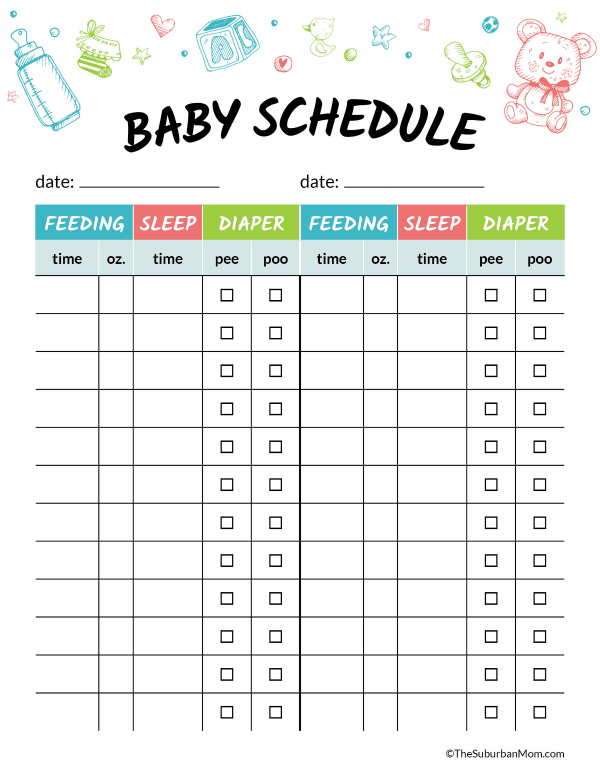 Moreover, control weighing makes mother and child nervous, as a result of which the baby gains weight worse, and the mother's lactation decreases.
Moreover, control weighing makes mother and child nervous, as a result of which the baby gains weight worse, and the mother's lactation decreases.
Nutrition and drinking regimen of a nursing mother
During breastfeeding, a woman's diet should not differ from her usual diet in terms of food composition. Since pregnancy, childbirth and breastfeeding are natural physiological processes, their success cannot be fundamentally related to a woman's diet.
Drink to stimulate lactation
There are no universal recipes to stimulate lactation. Neither milk tea nor carrot juice will help if the baby is not breastfeeding enough. Lactation is stimulated only by the frequency and duration of breastfeeding. If the baby suckles rarely and briefly, then the volume of milk will be minimal, and if it is long and often, then milk will always be in abundance.
If either parent is allergic
If the child's mother or father has allergies, then the mother should be more careful about her diet. Particular vigilance should be shown if the mother of the child suffers from allergies. The baby can be negatively affected not only by the mother's food allergy, but also by allergens such as poplar fluff, odors, dust, etc. In this case, the child may be prone to diathesis.
Particular vigilance should be shown if the mother of the child suffers from allergies. The baby can be negatively affected not only by the mother's food allergy, but also by allergens such as poplar fluff, odors, dust, etc. In this case, the child may be prone to diathesis.
In children with a predisposition to allergies, diathesis may occur on the following foods:
- citrus - lemon, orange, mandarin, grapefruit;
- strawberries and raspberries;
- foreign protein - beef and dairy products from cow's milk, fish and fish products, poultry and eggs, soybeans and legumes (vegetable protein), etc.
In addition to food, a child may be allergic to:
- chemical additives used in the food industry, such as preservatives, flavoring agents, rippers, etc.;
Therefore, if the mother or father suffers from allergies, you should carefully introduce allergenic products (no more than one per day) and carefully monitor the reaction of the baby during the day. If a nursing mother is allergic, then she, as a rule, excludes from the diet those foods that cause her allergic reactions.
If a nursing mother is allergic, then she, as a rule, excludes from the diet those foods that cause her allergic reactions.
Prepared by: Obstetrician-gynecologist of the obstetric-observational department Denisevich T.V.
How not to feed a child: the opinion of a metropolitan psychologist
Sometimes children suffer from lack of appetite. Many parents perceive this painfully and try in every possible way to feed the child, sometimes through force. Natalia Salfetnikova, a psychologist at the Izmailovo family center, told how to establish a diet and not harm the baby.
Don't manipulate
" I don't understand why he doesn't eat well. He also needs strength to grow . Maybe the porridge doesn't taste good, or does he feel bad? Many mothers live with this thought, worrying that their child will not receive the right amount of vitamins for full development.
Children at the age of two can eat only a bowl of soup for lunch or nothing at all - they will have enough porridge for breakfast to live quietly until dinner. However, some mothers believe that their child eats very little and resort to any means to feed the baby. « Parents often make the mistake of diluting their meals with extraneous entertainment. Thus, the child unlearns to listen to himself: is he full or hungry and what exactly does he want to eat. It is wrong to manipulate delicious food by promising sweet only after eating every last crumb. At the age of three to nine years, children eat little - this is the norm ", - convinced Natalia .
Bright plate for a good appetite
Children love everything bright and colorful. Try to arouse a sense of curiosity in your child by cutting vegetables in an unusual way or buying interesting cutlery. Make a list of foods that your baby enjoys eating and gradually add a new fruit or vegetable to his diet. An important rule: there should always be only one unknown product on a plate.
An important rule: there should always be only one unknown product on a plate.
Long walks in the open air and outdoor games will also help whet your appetite, and your child will enjoy a delicious dinner. Don't get hung up on serving size. Better let the plate be small, but healthy, bright and tasty. Children often copy the behavior of adults, including eating habits, so start changing yourself.
French fries or broccoli
What if the problem is something else? The child refuses homemade food in favor of fast food and sweets. The reason is simple - junk food is very attractive to children: it is convenient to eat it on the run, it looks bright and most importantly - it is very tasty! I took it in a small hand and eat slowly. But the soup, which is so healthy, keeps leaking from the spoon and looks sad. Parents' arguments about the benefits of vegetables and fruits clearly lose out to a pack of crunchy chips or a bar of milk chocolate, which have bright flavors.
« Try not to buy sweets as a gift for your child, replace them with seasonal vegetables and fruits or healthy chocolate and nuts. Childhood dietary restrictions can affect eating habits at a conscious age. Therefore, let the child eat what he wants, but not in large quantities. Offer a healthier alternative, and interest will gradually fade away, and once your favorite french fries will no longer be so desirable,” advises Natalia.
Start trusting
Ksenia turned to the Izmailovo family center. Her daughter Varya had not attended school for more than two years, she was homeschooled of her own free will. Mom was worried that such training deprives her daughter of the opportunity to communicate with her peers and she cannot find friends for herself. The psychologist of the family center advised me to take a course of individual lessons. Varvara made contact with a psychologist very hard, but after a while she began to trust and open up more.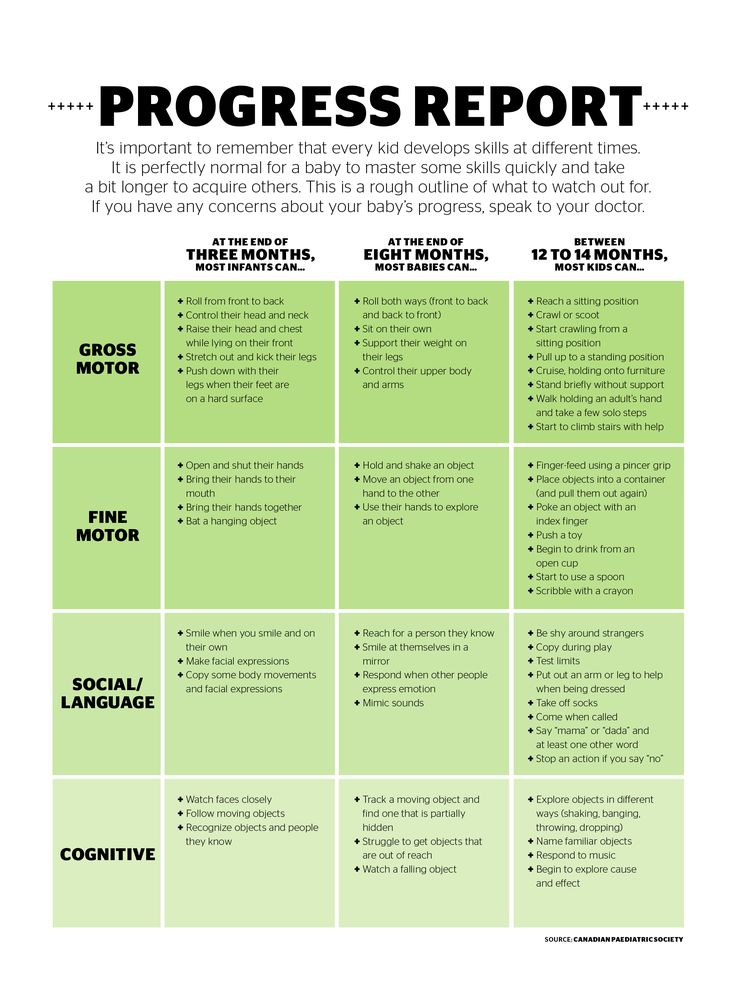
The psychologist managed to find out that the girl had complexes because of her appearance, she "jammed" all her problems and experiences. In addition to the individual program, Varya began attending the TeenArena teenage club, where she met the girl Nastya. Together they began to spend a lot of time and became interested in Japanese culture. Varvara became more open, and her circle of friends expanded. After six months of classes at the club and with the psychologist of the center, Varya wanted to return to school. Ksenia is grateful to the psychologist for the work done. Now Varya attends additional classes in mathematics at the family center, dreams of learning Japanese and traveling around Japan.
To make an appointment with a psychologist at the Izmailovo Family Center, call: 8 (495) 603-96-06.
Help is nearby
28 city organizations work to support Moscow families: 25 My Family Centers, as well as the Crisis Center for Women and Children, the Vozrozhdeniye and Altufyevo social rehabilitation centers for minors.



